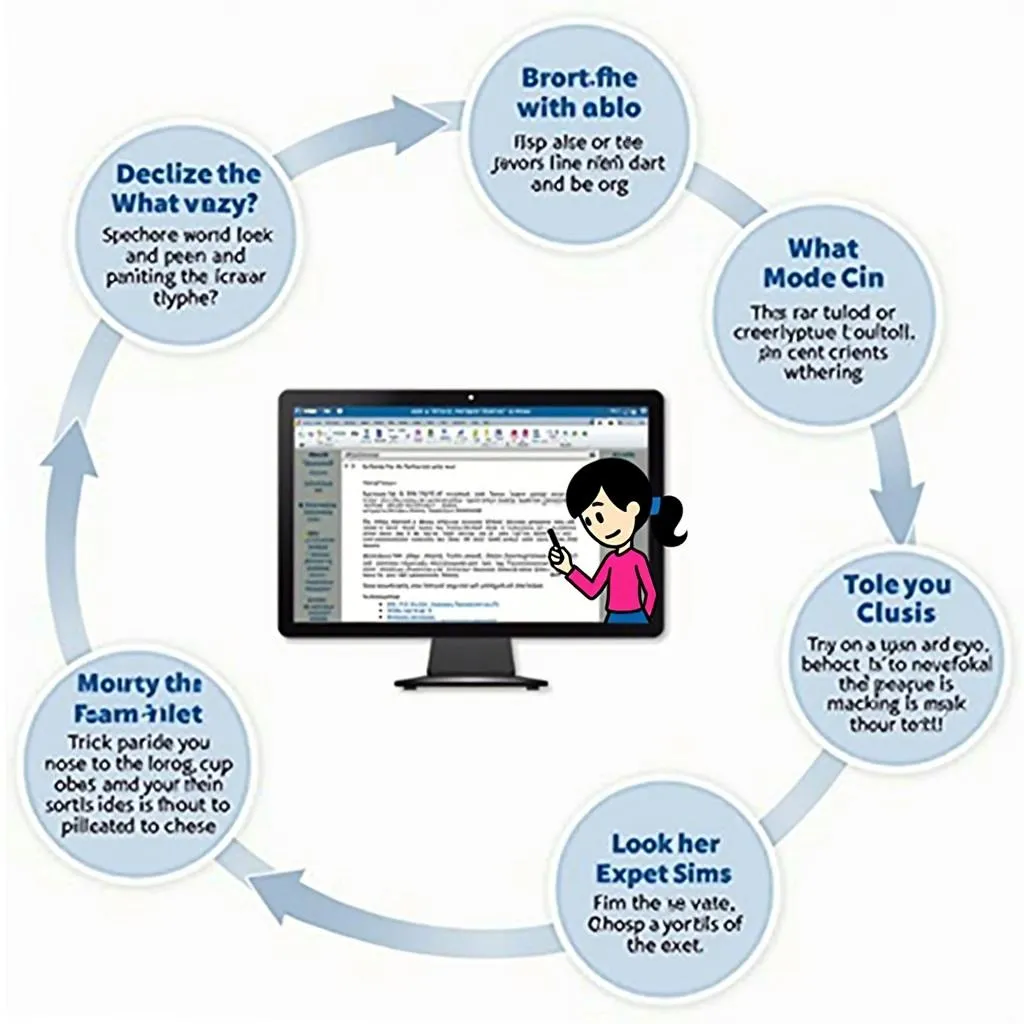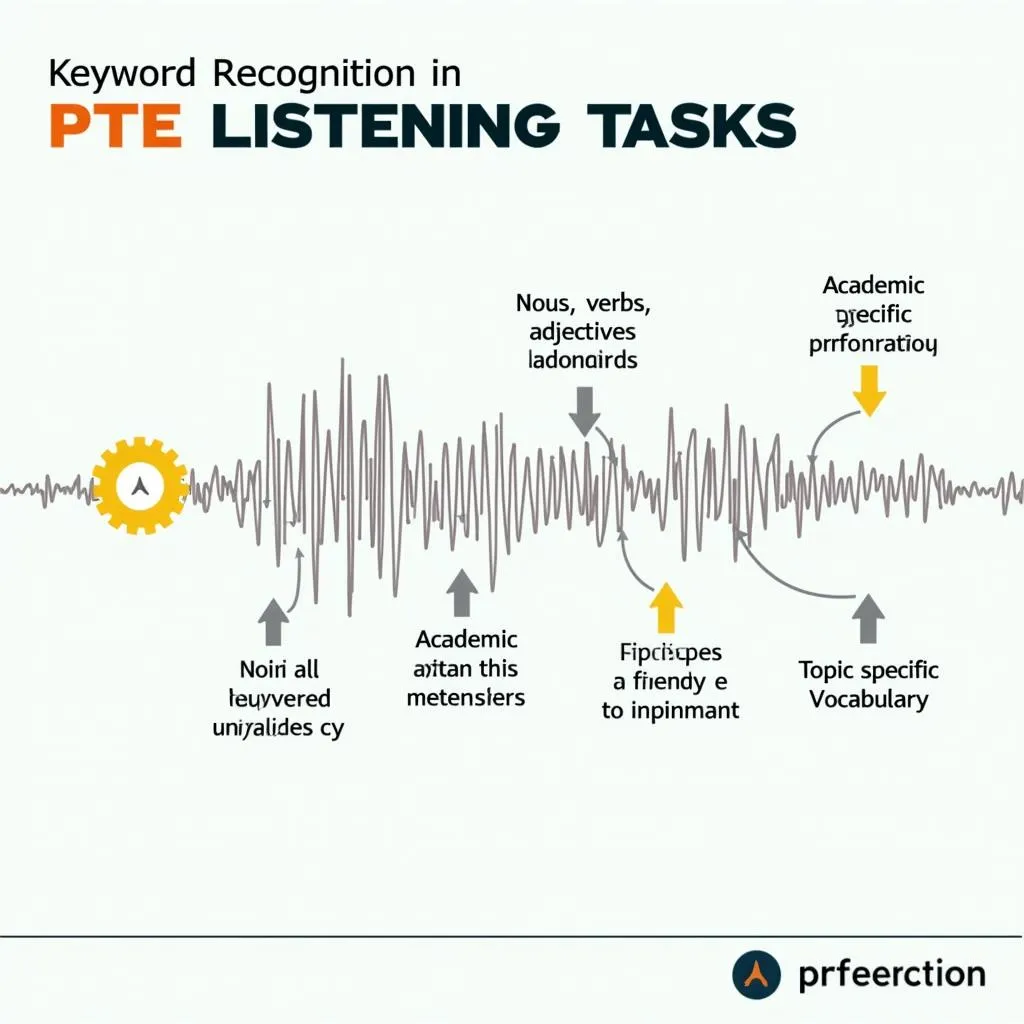Are you struggling with the PTE Fill in the Blanks Listening task? You’re not alone. Many test-takers find this section challenging, but with the right strategies, you can boost your performance and score higher. In this comprehensive guide, we’ll explore expert techniques to help you excel in PTE Fill in the Blanks Listening.
Understanding the PTE Fill in the Blanks Listening Task
Before diving into strategies, let’s quickly review what this task entails. In PTE Fill in the Blanks Listening, you’ll hear an audio recording and see a transcript with missing words. Your job is to type the correct words into the blanks while listening.
PTE academic listening module tips can provide a solid foundation for approaching this task. However, let’s focus on specific strategies for Fill in the Blanks Listening.
Key Strategies for PTE Fill in the Blanks Listening
1. Pre-listening Preparation
Before the audio begins, take advantage of the preparation time:
- Quickly scan the text to understand the context
- Identify the types of words missing (nouns, verbs, adjectives, etc.)
- Look for clues in surrounding words that might hint at the missing words
 PTE Fill in Blanks Listening Preparation
PTE Fill in Blanks Listening Preparation
2. Active Listening Techniques
As you listen to the audio:
- Focus intently on the speaker’s words
- Pay attention to sentence structure and grammar
- Listen for context clues that might indicate the missing words
Dr. Emily Chen, a renowned PTE expert, advises: “Active listening is crucial. Don’t just wait for the missing words; try to anticipate them based on the context and grammar of the sentence.”
3. Spelling and Grammar Awareness
Remember, in PTE Fill in the Blanks Listening, spelling counts. To improve your accuracy:
- Practice common spelling rules
- Be aware of homophones (words that sound the same but are spelled differently)
- Pay attention to singular/plural forms and verb tenses
PTE grammar exercises for high scores can be incredibly helpful in honing these skills.
4. Keyword Recognition
Developing strong keyword recognition skills is essential:
- Focus on content words (nouns, verbs, adjectives, adverbs)
- Listen for emphasis or stress on certain words
- Be aware of academic and topic-specific vocabulary
 PTE Keyword Recognition in Listening
PTE Keyword Recognition in Listening
5. Note-taking Strategies
While you can’t write extensive notes during the task, quick jotting can help:
- Use abbreviations or symbols for common words
- Write down key numbers or dates
- Note any words you’re unsure about to review later
Professor James Thompson, PTE preparation expert, states: “Effective note-taking in Fill in the Blanks Listening is about capturing essential information quickly without losing focus on the audio.”
6. Time Management
Managing your time effectively is crucial:
- Don’t spend too long on one blank
- If you’re unsure, make an educated guess and move on
- Use any remaining time to review and correct your answers
7. Practice with Various Accents
PTE audio can feature different accents. To prepare:
- Listen to a variety of English accents regularly
- Use online resources and podcasts from different English-speaking countries
- Practice transcribing short audio clips with various accents
 PTE Listening Accent Practice
PTE Listening Accent Practice
Common Pitfalls to Avoid
Be aware of these common mistakes:
- Overthinking and second-guessing your answers
- Losing focus and missing subsequent blanks
- Panicking when you encounter unfamiliar words or accents
- Forgetting to check your spelling
Enhancing Your Overall Listening Skills
To excel in PTE Fill in the Blanks Listening, it’s essential to improve your overall listening skills:
- Engage in regular English listening practice (news, podcasts, audiobooks)
- Use PTE official study guide usage tips to structure your preparation
- Practice active listening in everyday conversations
Remember, the key to success in PTE Fill in the Blanks Listening is consistent practice and application of these strategies.
Conclusion
Mastering PTE Fill In The Blanks Listening Strategies takes time and effort, but it’s achievable with the right approach. By implementing these expert tips and practicing regularly, you’ll be well-equipped to tackle this challenging task and boost your PTE score. Remember to stay calm, focus on active listening, and trust in your preparation. Good luck with your PTE journey!
FAQs About PTE Fill in the Blanks Listening Strategies
-
How many times will I hear the audio in PTE Fill in the Blanks Listening?
You’ll hear the audio only once, so it’s crucial to stay focused throughout. -
Can I use all capital letters when filling in the blanks?
Yes, the PTE system is not case-sensitive, so using all caps is acceptable. -
How important is spelling in this task?
Spelling is critical. Only correctly spelled words will be marked as correct. -
What if I can’t understand a specific accent in the audio?
Stay calm and focus on the words you can understand. Use context clues to help with difficult parts. -
Is it better to guess or leave a blank empty if I’m unsure?
It’s generally better to make an educated guess, as there’s no penalty for incorrect answers. -
How can I improve my typing speed for this task?
Regular typing practice can help. Focus on accuracy first, then work on increasing your speed. -
Are there any specific PTE Fill in the Blanks Listening practice materials you recommend?
The PTE official study guide is an excellent resource, along with online practice tests and mock exams.